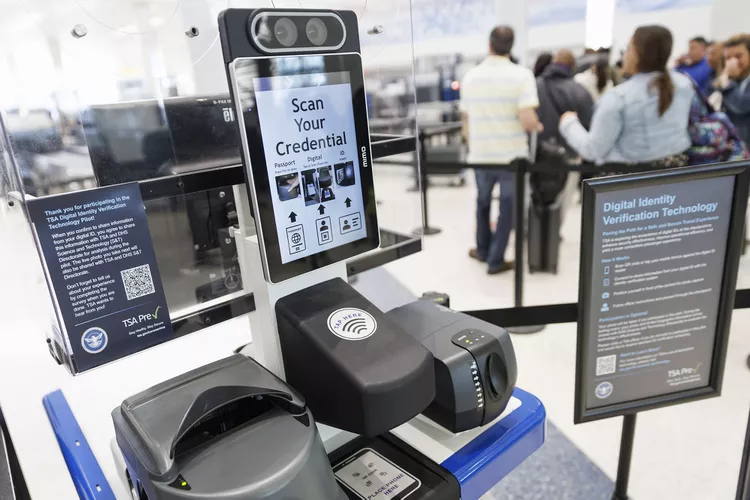Summary
Getting through airport security is probably the least fun part of traveling, but luckily the Transportation Security Administration (TSA) has been rolling out new technology to make this necessary step a bit easier.
The TSA has been introducing Credential Authentication Technology (CAT), which allows travelers to get through security without having to show a boarding pass or even a physical ID. The machines come in two forms: a CAT-1 machine and a more advanced CAT-2 machine, which utilizes facial recognition technology. This advancement can significantly speed up the security process, which is welcome news for those navigating busy summer travel days.
“Automated biometric technology can play an important role in increasing aviation security effectiveness, particularly at the airport checkpoint, by enhancing current manual identity verification procedures. Identity management is a central element to security screening,” a TSA spokesperson explained. “TSA is working to ensure that its biometric capabilities align with leading standards for identity assurance to strengthen vetting outcomes and identity verification. Participation is entirely voluntary.”
The machines use biometric and digital information to identify passengers; however, there are notable differences in functionality between the CAT-1 and CAT-2 machines. Moreover, their availability varies widely by airport.
New Screening Methods
The CAT-1 program was first launched as a pilot in 2019. These machines scan and analyze a passenger’s photo ID and automatically confirm flight details through the Secure Flight database, along with their pre-screening status, like TSA PreCheck, in real time. This eliminates the need for passengers to show their boarding pass before entering the screening area.
Acceptable forms of identification include a driver’s license, passport, or permanent resident card. Passengers may not need to show their boarding pass at the screening stage; however, it’s essential to keep it nearby, as it will be required at the gate for boarding.
What are the CAT-1 Machines?
Where are the CAT-1 Machines Located?
Currently, CAT-1 units have been rolled out in approximately 200 airports across the United States.
What are CAT-2 Machines?
In contrast to CAT-1 units, CAT-2 machines scan a traveler’s photo ID and match it with flight details. CAT-2 units are equipped with a camera that compares the photo ID with a real-time photo of the passenger. They can also scan state-issued digital driver’s licenses or digital ID cards for added convenience.
As of now, states like Arizona, Colorado, and Maryland support digital IDs in the Wallet section of iPhones.
What Happens to Your Photo After It’s Taken?
CAT-2 units currently undergo operational assessments. Each live photo and ID is overwritten as soon as the next passenger’s ID is scanned, and the machine’s memory is purged when an officer logs off or turns off the unit. Passengers may opt out if they do not wish to have their photo taken.
Where are the CAT-2 Machines Located?
Currently, CAT-2 units are being tested at 16 domestic airports, with plans to expand to a total of 28 airports across the country. They are found in cities including Baltimore, Virginia, Atlanta, Dallas, Phoenix, and more.
What Other Technology is the TSA Implementing?
The TSA has begun rolling out full-size Computed Tomography (CT) x-ray systems, which create 3D images of carry-on items to help officers detect prohibited items like weapons and explosives. This technology potentially speeds up the security process by allowing travelers to keep more items in their carry-on bags.




